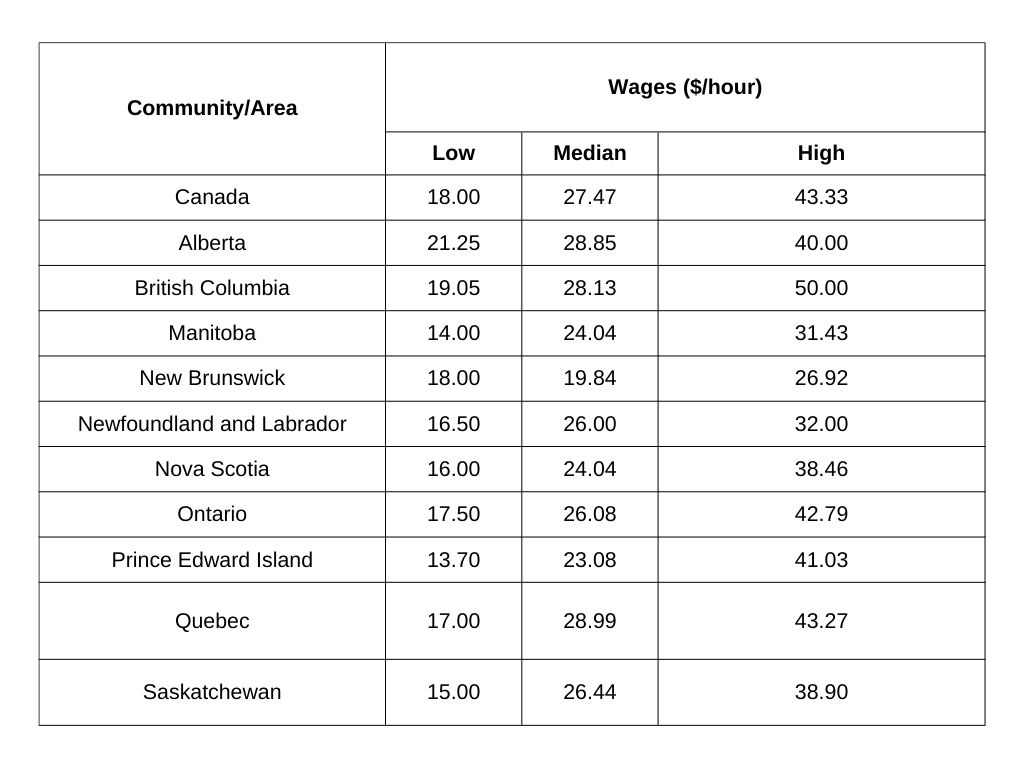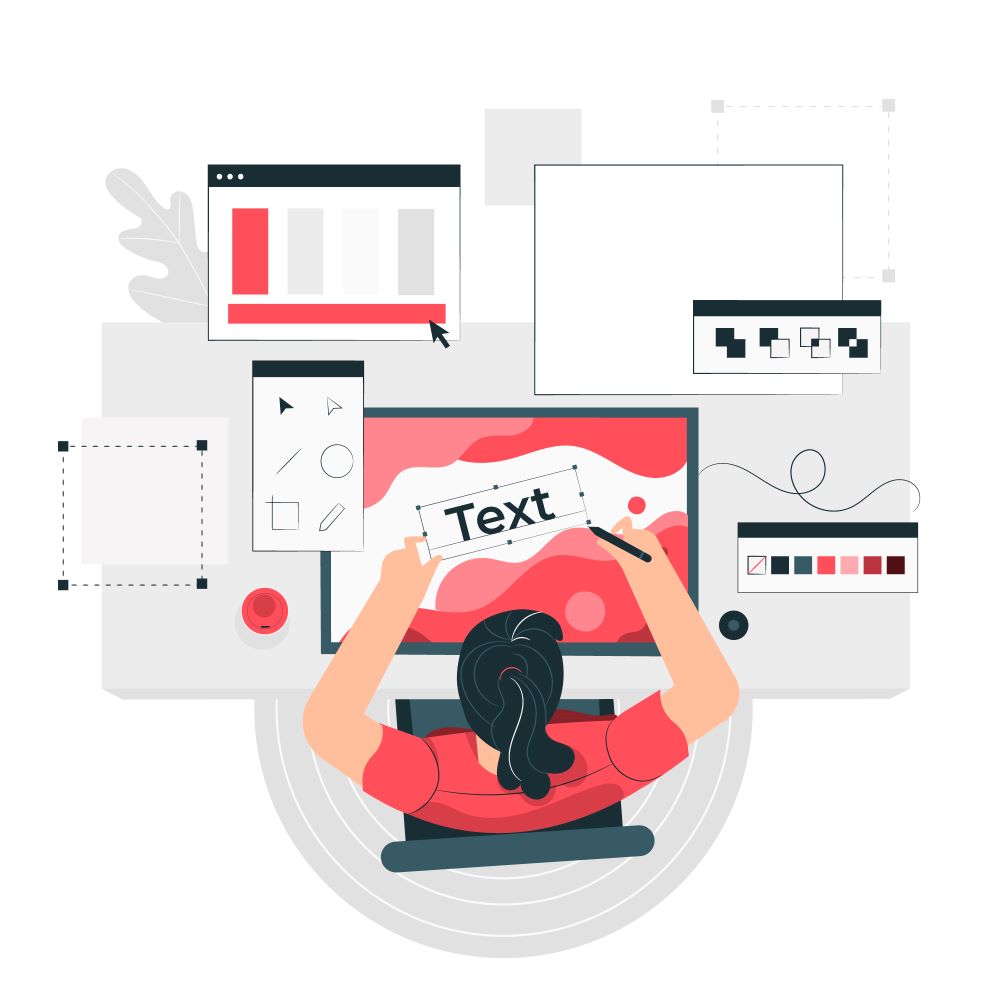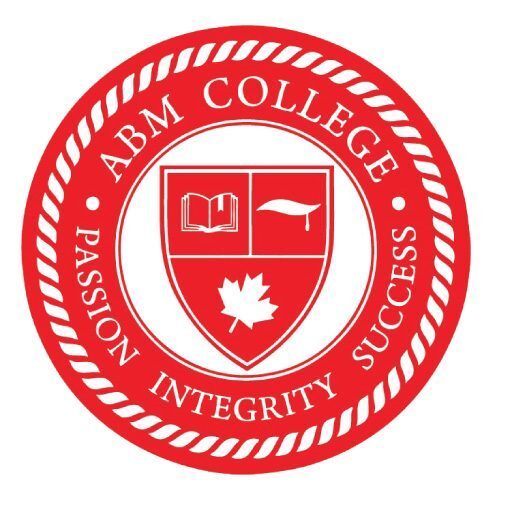Graphic designers are in great demand in Canada, given the popularity of social media and the struggle to stay competitive in the digital world. The best firms in Canada pay graphic designers fair salaries and offer comprehensive benefits packages.
By the end of 2022, Canada’s enormous graphic design industry is expected to generate $1.3 billion in revenue. Furthermore, a 1.8 percent growth rate is predicted for the nation in 2022. The graphic design industry in Canada is booming, and graphic designers are soon overtaking all other occupations in terms of demand. The quickening pace of digitalization has led to an increase in new job prospects. Employers are constantly looking for competent, credentialed graphic designers who can provide value to their businesses.
In this blog, we’ll discuss the most commonly asked questions about graphic design as a career in Canada. These include:
- What is the scope of graphic designers in Canada?
- What do graphic designers do?
- How much do graphic designers earn in Canada?
- How to become a graphic designer in Canada?
Let’s get started.
What is the Scope of Graphic Designers in Canada?

Huge demand for graphic designers has emerged in recent years due to the growth of visual and digital material. According to experts, graphic designers with talent will continue to be sought after in the future.
With so many employment openings, anyone with the necessary abilities and qualifications can acquire a well-paying graphic design position. In Canada, a manpower shortage is another issue that this business is going to face. The ideal moment to work as a graphic designer in the nation is now. It is best to acquire the right skills and knowledge by enrolling in a professional graphic design program.
A total of 21,500 graphic designers and illustrators jobs are anticipated to become available between 2019 and 2028 due to expansion and replacement needs, while a total of 23,600 people are anticipated to apply for those jobs due to school dropouts, immigration, and mobility.
What do Graphic Designers do?

Graphic designers produce visual concepts manually or with the use of computer software to communicate ideas that motivate, educate, and enthrall consumers. They create the general layout and production design for materials including ads, brochures, publications, and reports.
It is one of the most in-demand creative jobs in the market. A graphic designer uses a variety of technological tools to produce useful, significant, and functional graphics. The work is largely determined by the requirements of a client or business, but typical designer duties could include creating visual assets to support a marketing campaign, creating a graphic overlay for social media posts, formalizing the layout for a print ad, and editing photos for digital signage.
The following are some of the duties of a graphic designer:
- To decide a project’s scope, meet with clients or the art director.
- Advise clients on how to target a certain audience.
- Decide what message you want the design to convey.
- Create visuals that showcase a product or express a message.
- Create visual and/or aural graphics for product illustrations, logos, and websites.
- Design patterns by hand or with the aid of computer programs.
- Make colour, image, text style, and layout selections.
- Display the design to the clients or art director.
- Review designs for flaws before printing or publishing them and include any adjustments the clients propose to the final product.
These are the general duties and responsibilities associated with the role of a graphic designer.
How Much do Graphic Designers Earn in Canada?
The average salary for a graphic designer is around $58,543 per year in Canada. According to the Job Bank, graphic designers and illustrators usually earn between $18.00/hour and $43.33/hour in Canada. The wages can vary as per your experience, position, company, and the location where you work.
Here are the prevailing wages for graphic designers in Canada:

How to Become a Graphic Designer in Canada?

Becoming a graphic designer in Canada requires a formal education, which may include a professional certificate or diploma program offered by various government and private educational institutions. Additionally, you have to gain experience in the field and build a strong portfolio to showcase your skills to employers.
Here are some tips to help you through the process of becoming a graphic designer:
1. Learn the basic principles of graphic design
Having a good understanding of the fundamentals of graphic design is the first step in becoming a graphic designer. It takes time and a unique point of view to create the ideal design. A thorough understanding of how to apply design theory and principles is also necessary, as well as careful planning. Colour, shape, scale, texture, space, dominance, spacing, and harmony are all important considerations for graphic designers. The components influence a design and may have an impact on audience emotions.
2. Build your skills
Taking classes in graphic arts, photography, computer graphics, drawing, art history, and website design will help you develop the abilities necessary to become a proficient graphic designer.
3. Take up a graphic design program
A graphic design program will increase your understanding of design concepts and assist you in developing your skills by having you work on a variety of projects. You can also learn in-depth information on the history of user experience, website design, and graphic design from several programs. You can choose from structured academic programs to online courses, to learn graphic design.
4. Look for internships

There are various benefits of an internship for students. Some educational institutions provide internships/practicum experience to graphic design students and it is advantageous to hone your practical abilities. In the field of graphic design, internships are a fantastic way to network and develop ties with industry professionals. Your portfolio’s trustworthiness is increased by employment history. Some other benefits are:
- Provides comprehensive knowledge of your place in the industry.
- Improves your employability.
- Helps learn new abilities and get confirmation of your professional decision.
- Develops self-assurance while working in a professional setting.
- Helps build references.
- Offers a chance to look for a career mentor.
Getting a graphic design internship is a great method to practice your skills. To gain useful experience, make sure you select a reputable internship.
5. Obtain certification and licensing
This is a crucial component of learning how to be a graphic designer. Before they hire you, some companies demand that you hold a professional license from an established licensing agency. Make sure you are certified by the appropriate professional body if you need a license.
6. Create a strong portfolio
The best tool a graphic designer has while looking for work is an attractive portfolio. The ability of the candidate should be evaluated by potential employers using a portfolio that demonstrates the designer’s professional development and work history. For a potential employer’s unique requirements, a professional portfolio must comprise your best work pieces, website graphics, television commercial reels, animation demos, and internet commercials created by a graphic designer.
Final Thoughts
To excel in the field of graphic design, you must keep yourself updated with the latest software and tools that may be introduced in the market from time to time. If you possess the right skills and talent, you can go a long way in pursuing your dream career as a graphic designer.
ABM College can help you achieve your career goals through its graphic design online diploma program, which prepares you for tackling the challenges and growing in this field.
Contact us to know more about this program.
You can also read more informational blogs here.
Graphics: freepik.com
About The Author

Private Career College
ABM College is a leader in career-focused education, committed to empowering students with industry-relevant skills. With expert instructors and practical training, ABM College delivers high-quality programs in health, business, technology, and more, ensuring graduates are prepared to meet workforce demands. Known for its supportive learning environment and a focus on real-world application, ABM College is a trusted educational partner helping students achieve professional success across Canada.
